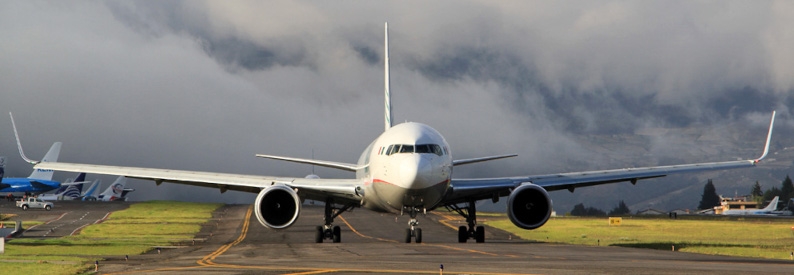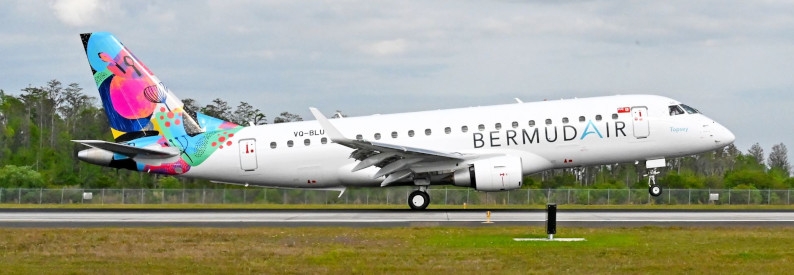Half of the Air Canada (AC, Montréal Trudeau) workforce, amounting to at least 20,000 employees, is facing layoffs as the coronavirus pandemic has put the carrier firmly into the red.
This is according to an internal memo sent to employees on May 15 by Air Canada Executive Vice-President of Operations Craig Landry, and seen by CTV News.
The memo said Air Canada will have to reduce its workforce by 50-60% for the foreseeable future, meaning that between 20,000 and 22,800 jobs could be lost. Landry said that some staff have received layoff notices whilst others were still to be sent out. The job cuts will be effective from June 7.
Landry added that bookings were down to 5% of what they were the year before, with losses of CAD22 million Canadian dollars (USD15 million) per day – at the beginning of May Air Canada had already furloughed 20,000 employees as bookings dropped.
Air Canada reported a CAD433 million (USD310 million) operating loss in the first quarter of 2020 due to the coronavirus, compared to an operating income of CAD127 million (USD91 million) in the first quarter of 2019, according to the company's financial statements.
“Our first quarter results reflect the severity and abruptness of the impact that the COVID-19 pandemic has had on Air Canada, which started to be felt across the global airline industry in late January with the suspension by many carriers, including Air Canada, of services to China. The impact was exacerbated during the month of March with mandated social distancing, unprecedented government-imposed travel restrictions in Canada and around the world and the shutting down of economies,” said Calin Rovinescu, president and chief executive officer of Air Canada.
Rovinescu said the past quarter was the first in 27 consecutive quarters that the airline did not report year-over-year operating revenue growth. “We are now living through the darkest period ever in the history of commercial aviation,” he said.
“It is our current expectation that it will take at least three years to recover to 2019 levels of revenue and capacity,” he said. “We expect that both the overall industry and our airline will be considerably smaller for some time, which will unfortunately result in significant reductions in both fleet and employee levels.”
Measures taken by the airline to reduce costs include drawing down revolving credit facilities, concluding a USD600 million loan (secured by aircraft and spare engines) and accelerating the retirement of 79 older aircraft, including B767, A319, and E190 aircraft, with the Embraers exiting the fleet immediately.
In a statement on May 22, Air Canada said it would be increasing flights from June, with additional routes added in August and September as the carrier attempts to slowly return to normal as lockdown restrictions are eased around the world.







